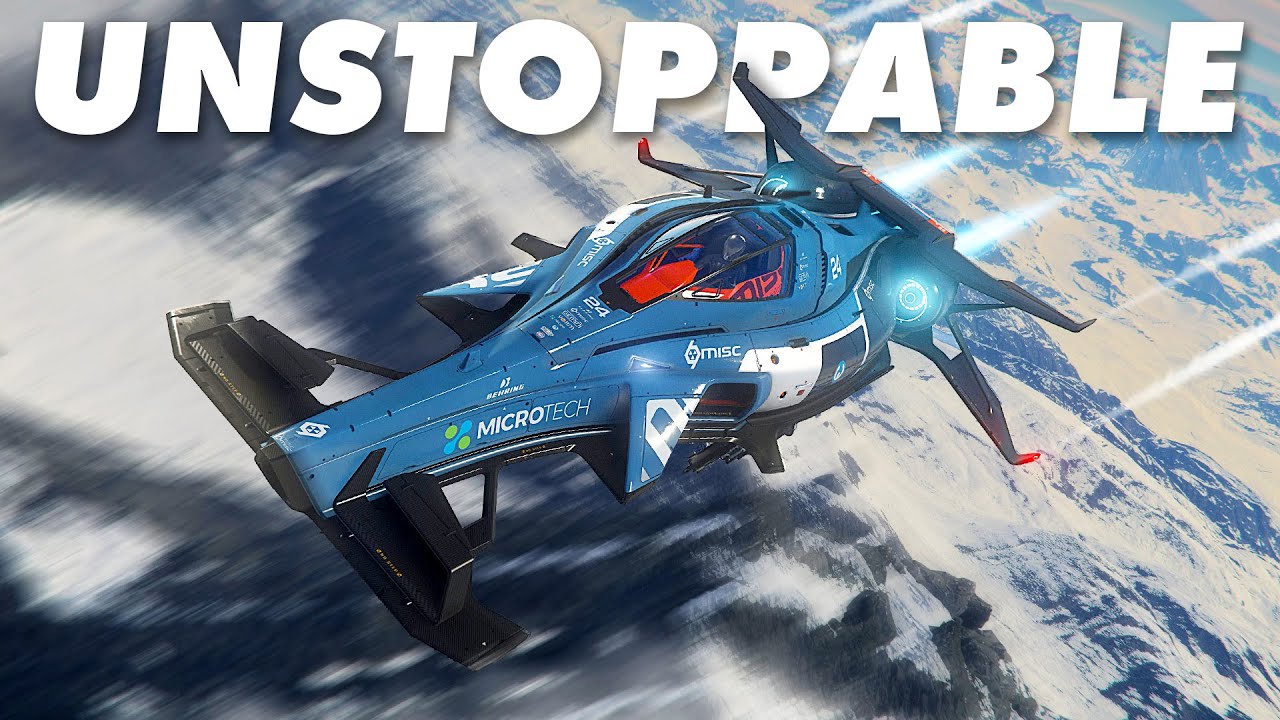Star Citizen has achieved record-breaking funding of over $22 million during its recent International Aerospace Expo, surpassing last year’s funding record. The game showcased new ships, features like an improved hair system and salvaging mechanics, and discussed progress on replication layer and meshing technology, as well as upcoming improvements to visuals and performance.
Star Citizen has seen record-breaking funding during its biggest sale of the year, the International Aerospace Expo (IAE). The game has raised over $22 million in a single month, surpassing last year’s funding record of $113 million. New ships, including the Argo SRV, Crusader Spirit, Sulin Alien Starter Ship, and Arra mining ship, were showcased during the event, attracting new players to the game. Additionally, exciting features such as the updated hair system and whole salvaging have been tested and leaked. The Salvage Dispenser system has been improved, allowing for a storage buffer and larger crates, making salvaging more efficient. The game will also introduce a mechanic for retrieving lost gear, adding more convenience for players.
Progress on the replication layer and meshing technology necessary for features like cargo elevators is underway, with testing occurring in the Evocati phase. While it remains unclear if a public test branch will be available by the end of the year, the developers are working hard to achieve their goals. The Gen 12 progress, which aims to utilize Vulkan and other processes to improve performance and visuals, has been discussed in a Q&A with the developers. The new cloud system in the 3.22 patch will use temporal upscaling and quarter scale rendering, which should enhance efficiency and performance. However, the integration of Unreal Engine tech like Nanite is not currently planned due to the need for a complete rework of all assets.
Despite not implementing Nanite, Star Citizen continues to impress with its visual quality. The developers plan to address planetary pop-in by implementing GPU object scattering and making objects fade in smoothly. Although some disappointment may arise from the absence of certain technologies, performance improvements are expected in the coming year as Vulcan is implemented into the engine, along with upscaling tech like AI upscaling technologies. Overall, Star Citizen is progressing rapidly, and the question remains whether public testing of the replication layer or jump point will happen before the year ends.
